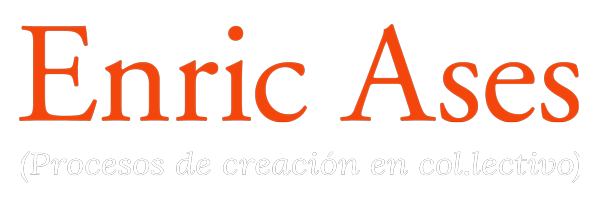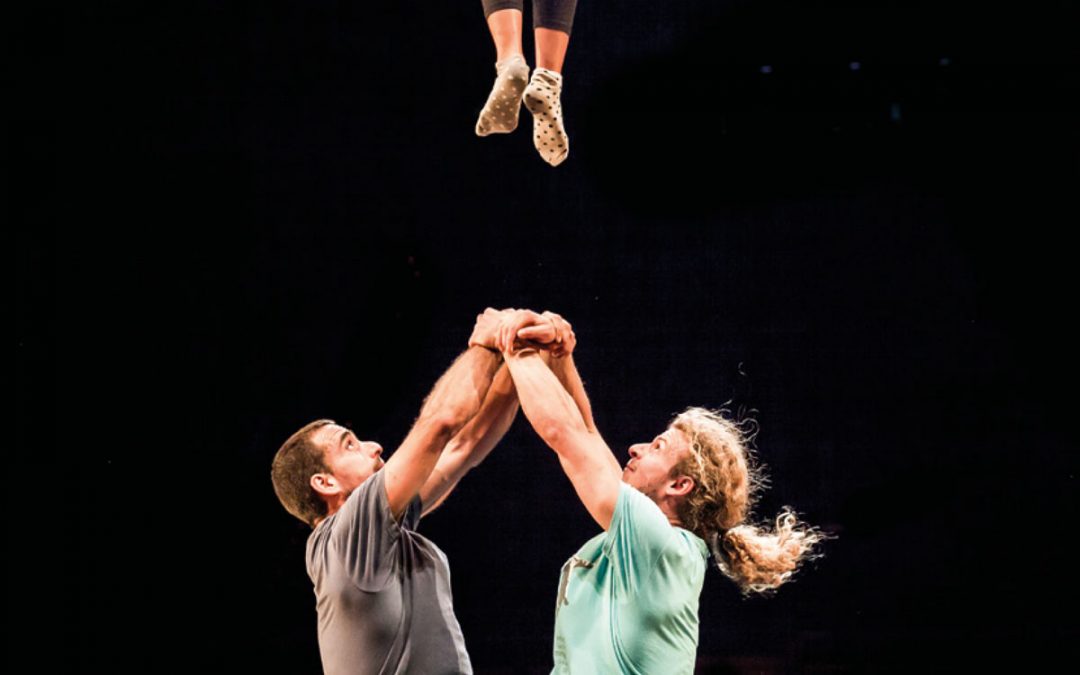Dramaturgy, collective creation and new paths
From the middle of the 20th century to the present day, the performing arts in general have undergone a great change
precedents Both circus, dance and theater have evolved into new and surprising ways of reaching the audience, in many cases running away from classic forms that had marked structures, formats and languages for centuries. A key element of this transformation was the appearance of the first companies that used an innovative work method: collective creation. In these artistic formations, the hierarchical orthodox structure disappears and everyone is invited to freely express their points of view on the what, how and why of what they want to communicate and to be actively involved in the different areas of work (direction, interpretation, dramaturgy, production...).
We are talking about the joint will of a collective of artists to carry out a transversal, synchronous and polysemic work. Let's analyze each of these words. Transversal since everyone participates in the different stages of the process. Synchronous in that often the different stages of creation (rehearsals, lighting design, costumes, scenography...) mature simultaneously, happen at the same time and, often, in the same space. Polysémic as it promotes friction between artists trained in different artistic disciplines. In these new formations (we could cite as an example in the international arena of the 80s/90s the Cirque Aligre, Footsbarn Traveling Circus, Cirque Archaos, among others) it is committed to collective creation not only as an act of methodological and artistic innovation, but also as a symbol of a political and social positioning that advocates self-management and the renunciation of any hierarchical or power relationship.
…/…
See the full article (PDF)

